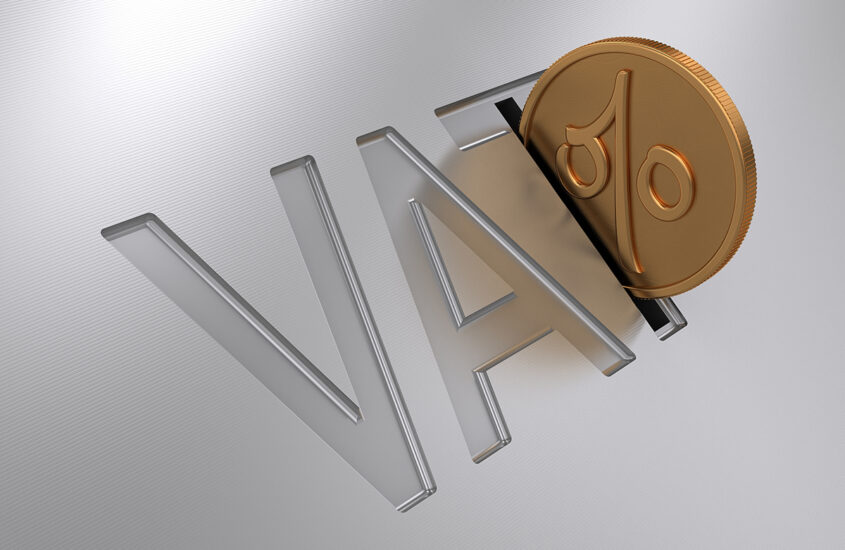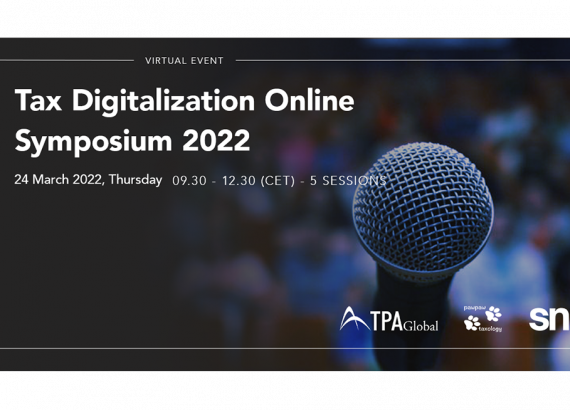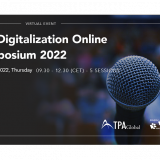Tax clearance and e-invoicing revolutionize the VAT compliance world

The technology and digitalization trends are overwhelming and, what is even more disruptive, extremely dynamic. It means that the solutions that seemed revolutionary a few years ago are now widely expected to become outdated very soon. This is also true if you think about the tax world and the ways that electronic solutions affect it. Below are a few loose thoughts on what might be the near future of the VAT compliance area in the wake of e-invoicing developments.
The death of manual invoicing?
Manual invoicing has been one of the main impediments to the accounting process for a number of years. While the accounts receivable has always been pretty easy to automate, the AP process owners have faced a heavy challenge ever since. E-invoicing brought relief to some of these pressure points. First of all, with e-invoice the AR process is super easy to manage, although even using the manual invoice process, automation is also possible within this stream. On the AP side it would require an investment without being sure of the results. Although OCR are widely promoted as being able to capture up to 90% of paper invoices, the vast majority of companies still receive invoices in a format that requires the manual input of data into the accounting system. OCR did not kill the manual invoice posting and is still far from doing so. However, this may yet happen if e-invoicing progresses at the current pace.
Why e-invoicing is developing?
There are several factors that complicate the digitalization of taxes, and VAT specifically. Among the major ones are the VAT gap and cost effectiveness. It is worth noting that these factors have different weight depending on the sector, but more importantly there are two different drivers behind the wheel. While business effectiveness and the drive for simplicity are most often arguments raised by private sector representatives, the VAT gap issue seems the most powerful one, as it affects government budgets. Since that mighty player joined the game, we can observe that e-invoicing developments are speeding up.
At this point in time it seems that taxpayers do not have much choice anymore. The invoicing process must undergo a major change and the reasons behind it are already beyond the discussion. This happens within the frames of transaction reporting and tax compliance improvement projects across jurisdictions. Now the only question is which transactional model is the most effective and what the role of the e-invoicing should be in this process.
So, which (e-invoicing) model is the most effective?
In the existing tax environment, there are a few models that can be distinguished: post-audit, real-time control, and clearance model. There may be different views on how to approach this distinction, but what is indisputable is that the main difference between the models is the moment when the tax authorities receive information on the particular business transactions and thus are able to recognize potential frauds and react to them. Just as evident is the direct correlation between the models and the involvement of e-invoicing solutions: the more advanced is the model, the wider the engagement of e-invoicing that is required.
Post-audit model
The post-audit model is currently still prevailing across EU countries, and is based on paper or e-invoices. However, under this model there is not requirement to transfer the invoice data in any structured format.
Within this model we can observe two basic trends. The first ‘old-fashioned’ approach is the one where the VAT return remains the main source of information for the tax authorities (e.g. the Republic of Ireland, the Netherlands, the Nordic countries). Within this model, the local tax authorities have little insight into the transactions taking place. At the same time, in many of these countries e-invoicing is also popular, but usually optional in B2B transactions.
A more developed version of this model is the one where SAF-T-based or similar requirements have been implemented (e.g. the Czech Republic, Poland, Romania). Although a more accurate set of information is provided to the tax authorities it usually takes place within a typical reporting deadline or in some of the countries only upon tax authorities’ request.
Generally, in both variations the tax authorities are able to verify the transactions based on the archived documents. At the same time e-invoicing does not play a vital role to the application of this model.
Real-time reporting model
Real-time is also usually described as a type of a post-audit model. However, it could also be seen as a transitional model between post-audit and tax clearance. On one hand the tax audit approach is rather reactive. However, on the other hand the information is supplied to tax authorities immediately or, to be more precise, with just a slight delay. In general, tax authorities require a report of transactions to be submitted immediately or within a few days of the day of supply (i.e., issuing the invoice). This is still considered a revolutionary approach among EU Member States. As such, there are only two countries (Spain and Hungary) that follow this regime currently.
Taxpayers are still able to cope with the real-time reporting requirements even in the case of using the paper invoicing process. However, already at this stage the benefits of e-invoicing are more than evident.
Tax clearance model
Although e-invoicing does not largely contribute to the post-audit or real-time reporting models, its importance drastically rises when applied to the tax clearance model. In fact, it constitutes a core element of the tax clearance model allowing for a structured communication between taxpayers and the tax authorities. Due to such strong dependency, e-invoicing and tax clearance will always develop in parallel.
The tax clearance model is in common use in Latin American countries already, while it is still very fresh the across EMEA region, with only a single jurisdiction using such model in EU (Italy), and another outside EU region (Turkey).
The core of this model is the instant information on transactions performed (invoices issued), which is supplied to the tax authority before it has been shared with the recipient. Owing to the immediate release of transaction data, certain tax checks may already be performed at the moment the transaction takes place, thereby enabling quick reaction in case of any doubtful supplies.
The future is digi-tax
It is beyond doubt that the combination of structured e-invoicing and advanced digital compliance solutions (the tax clearance model) is the most effective weapon in the ‘VAT gap’ battle. At the same time, it seems to be very beneficial for businesses as well. Common e-invoicing requirements drastically simplify the business flows in terms of accounting and tax compliance.
A tangible impact would be in evidence in the accounts payable processes, where widespread e-invoicing would put an end to the dull routines of paper invoicing (especially scanning and data entry), as well as any tools that are currently in use to automate or simplify the invoicing process, including OCR tools for example, but also multiple solutions enabling the issuance and exchange of e-invoices, which are not compliant with government requirements.
Undoubtedly the clearance model will significantly change the VAT compliance in the next few years. By then, we are also likely to have witnessed the death of manual invoicing processes (including OCR), assuming the pace of tax clearance evolution does not slow.
It is being predicted that within five years the clearance model will prevail, although the exact implementation manner will most probably differ depending on the jurisdiction. What can be taken for granted is that coming years will be hectic for taxpayers, who will be facing multiple new VAT compliance and e-invoicing requirements.












